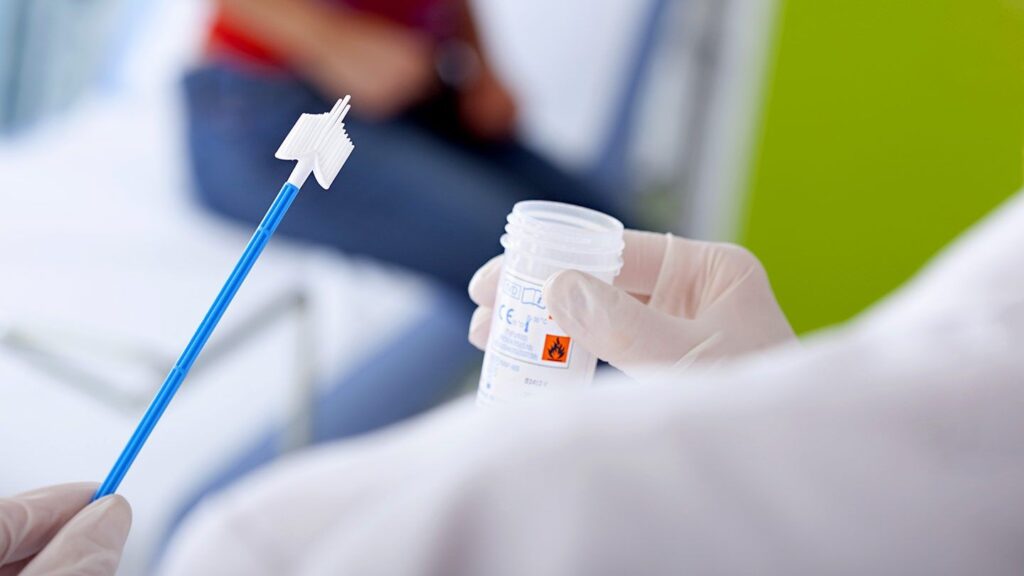Pap smear testing and Cervical Biopsy,
Endometrial biopsy, pipple biopsy
Pap Smear Testing
A Pap smear, also called a Pap test, is a screening procedure for cervical cancer. It tests for the presence of precancerous or cancerous cells on your cervix. The cervix is the opening of the uterus. During the routine procedure, cells from your cervix are gently scraped away and examined for abnormal growth. The procedure is done at your doctor’s office. It may be mildly uncomfortable, but doesn’t usually cause any long-term pain.
Cervical Biopsy
A cervical biopsy is a procedure to remove tissue from the cervix to test for abnormal or precancerous conditions, or cervical cancer. The cervix is the lower, narrow part of the uterus. It forms a canal that opens into the vagina. Cervical biopsies can be done in several ways. The biopsy can remove a sample of tissue for testing. It can also be used to completely take out abnormal tissue. It can also treat cells that may turn into cancer.
Endometrial Biopsy
An endometrial biopsy is a medical procedure in which a small piece of tissue from the lining of the uterus (the endometrium) is removed for examination under a microscope. The removed tissue is examined for cancer or any other cell abnormalities.
Why is an endometrial biopsy done? An endometrial biopsy is done to help your doctor find out the cause of problems leading to heavy or irregular bleeding. It is the most common test done to diagnose endometrial cancer. Though it is a simple office procedure, it needs to be performed by a provider who has experience in performing the test. The biopsy also lets your doctor check to see if your body’s endometrial hormone levels are balanced.
Pipelle biopsy
Pipelle biopsy is one of the most commonly performed gynecological procedures. Apart from patient safety, the most important is to obtain an adequate specimen allowing histopathological diagnosis. the rate of endometrial sampling failure and factors affecting the quality of specimen obtained for histopathological examination among patients who underwent Pipelle biopsy and dilatation and curettage (D&C).

